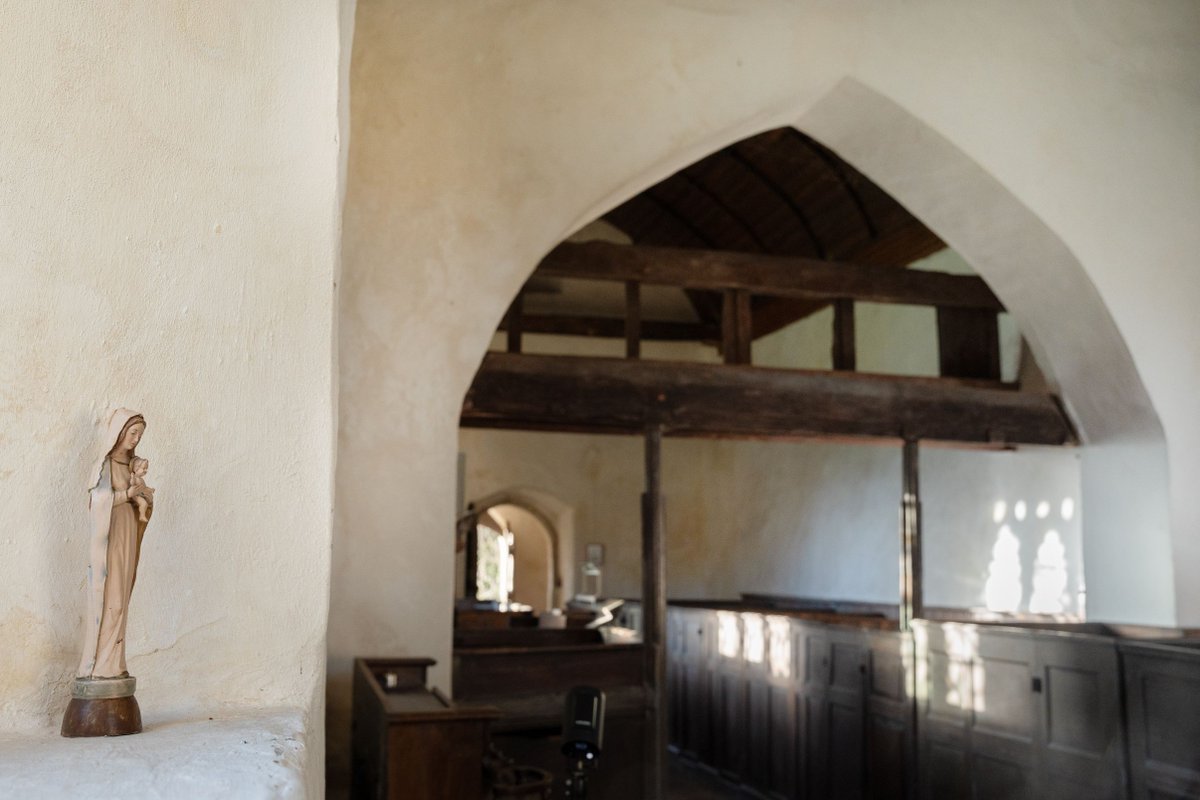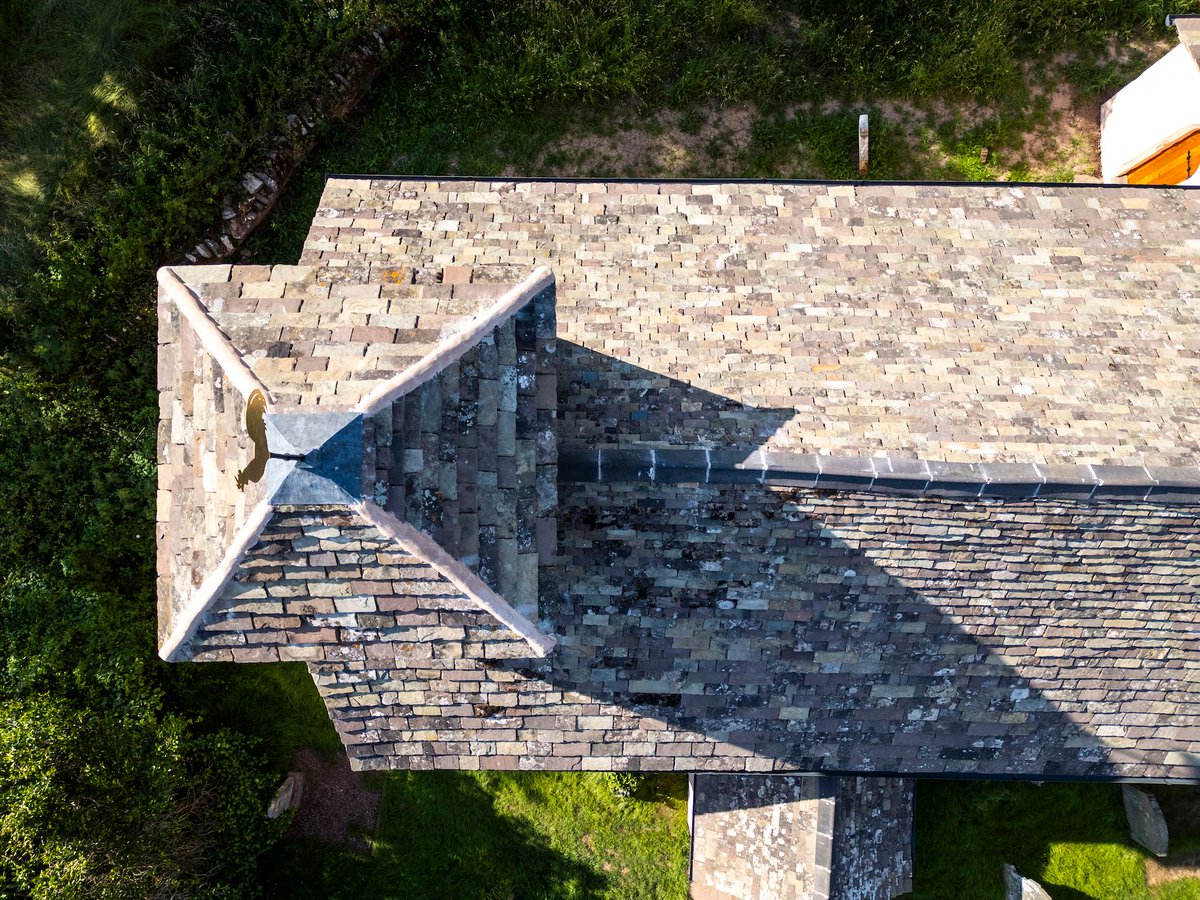A couple of years before we took the church at Hardmead into our care, two masons, Stedman and Hollowell were on the roof repairing the medieval crenellations. They used a small tin to make a time capsule, and buried it within the walls.
Last week, we unearthed it.
1/5
Last week, we unearthed it.
1/5

It’s just over 40yrs old, but finding a time capsule is such a thrill. It’s meeting a person who worked on this church before you. It’s a reminder that we “are only trustees for those that come after us”. That we’re just fleeting moments in the long lives of these places.
2/5
2/5

Elsewhere, we found a scrunched-up newspaper – the front page of the Daily Worker from Tuesday 1st April 1947. Perhaps one of Hardmead’s earlier workers had been reading about Clement Attlee, MI5, and the price of tangerines on their lunch-break.
3/5
3/5

The Daily Worker was founded by the Communist Party of Great Britain in 1930, but at the time our Hardmead reader was clutching a copy, it was an independent readers' co-operative – as proudly stated on the cover.
4/5
4/5

It’s a long shot, but I wonder if anyone knows who our Hardmead masons might be…?
I’m excited for what else we might discover during our repairs, and we will, of course, leave a small record of our team, to be discovered by posterity.
5/5
I’m excited for what else we might discover during our repairs, and we will, of course, leave a small record of our team, to be discovered by posterity.
5/5

• • •
Missing some Tweet in this thread? You can try to
force a refresh






















